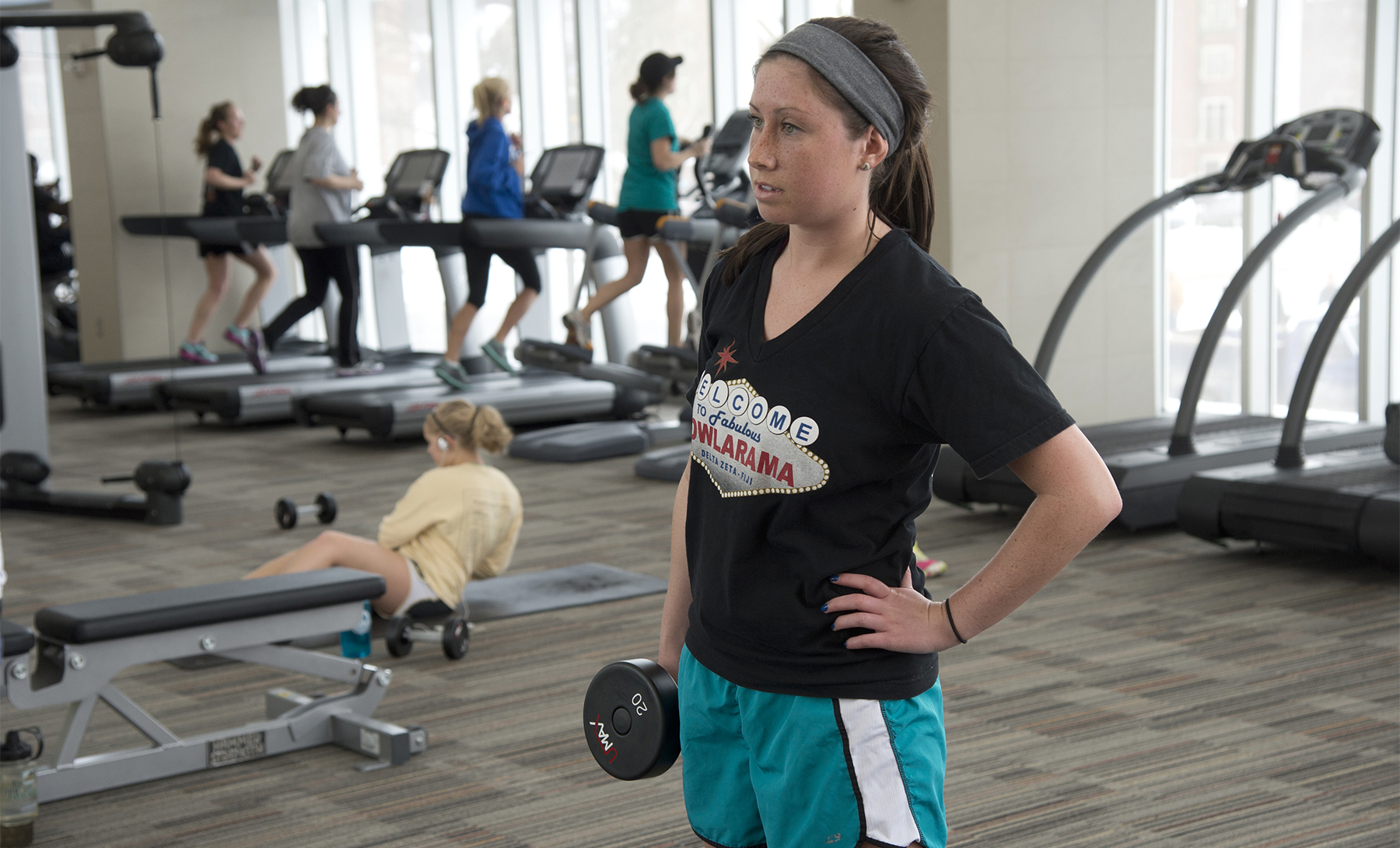This study examines the relationship between campus recreation facility access and first-year retention of full-time, first-time undergraduate students at a public university for 2014–2015 through 2016–2017. Authors examine differences between facility users and nonusers by pairing facility swipe card data with student records. Statistical analysis includes logistic regression and matching approaches, controlling for student demographics, academic preparedness, academic goals, family characteristics, and various environmental factors. Results show a positive and significant relationship between recreation facility use and retention, including 7.1 to 8.4 percentage points higher retention for users versus nonusers, holding other variables constant. Subsample analysis suggests the relationship between recreation facility use and retention differs across student subgroups. Key study contributions include linking card swipe data on facility usage with extensive student records, clearly defining facility users and nonusers, and introducing a new robustness check based on assignment of students to residence halls different distances from recreation facilities.
Explorescholarly articles
The relationship between campus recreation facility use and retention for first-time undergraduate students
Related Stories

Data, Assessment, & Evaluation
Staff Perceptions of First-in-Family Students in Higher Education: A Case Study of a Belgian College

Access and Persistence
“I Wasn’t Supposed to Be There”: Examining the Experiences of First-Generation Women of Color in Undergraduate STEM Majors

Data, Assessment, & Evaluation
